
Nine architects win big in the AIA 2016 Small Project Awards
By Justine Testado|
Thursday, Jun 30, 2016
Related
The American Institute of Architects' yearly Small Project Awards reinforce the significant idea that architecture, no matter what scale, has the potential for creating positive impact. Over the last 13 years, the awards recognize small-project practitioners for the high quality of their work in two categories:
Category 1: “A small project construction, object, work of environmental art or architectural design element up to $150,000 in construction cost.”
Category 2: “A small project construction, up to $1,500,000 in construction cost.”
Following evaluations, the 2016 jury decided to award nine practitioners, all based throughout the U.S.
Scroll down for a peek of this year's winners.
Category 1

wa_sauna, Seattle by goCstudio
Project summary: “This floating sauna, funded through the support of a crowdfunding campaign, functions as a boat that can be moored at a marina or private property and taken out on the open water as needed. The interior space is heated by a simple efficient wood burning stove. As a mobile piece of architecture, wa_sauna is able to engage with the many inhabitants living aboard boats and houseboats as well as the large community of boaters, kayakers, paddle boarders and rowers. Using a pre-manufactured aluminium frame and floatation system for the deck, wa_sauna can be seen quietly exploring Seattle’s lakes on a regular basis.”
Carnegie Library of Pittsburgh Studio Hive; Pittsburgh by GBBN Architects
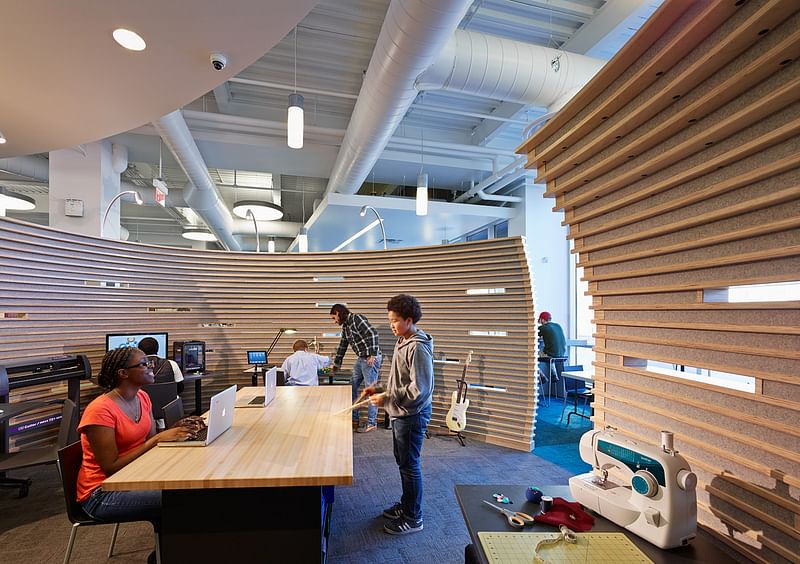

Project summary: “The Studio Hive is part of the Teen Zone in the East Liberty Branch of the Carnegie Library of Pittsburgh. Made of wood and sound absorbent industrial felt its creation has contributed to a 350% increase in attendance at the library’s teen programs and events. The design team developed a 3-dimensional digital model of the hive which allowed designers to tune the form and refine it to minimize material waste. The connection to both the remaining library space and to the street provides teens with a sense of their social context and environment while they occupy a space that is uniquely personal.”
Deployable Smocked Porch; Winterset, Iowa by substance architecture
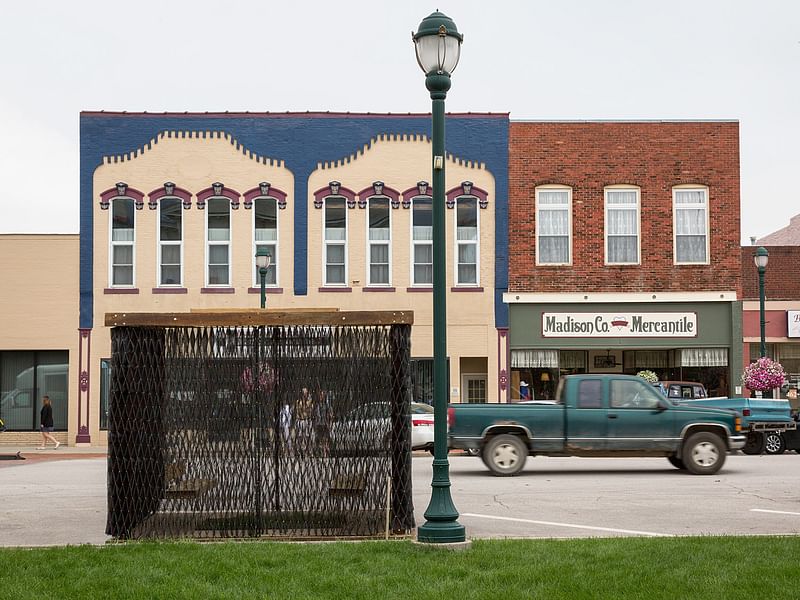
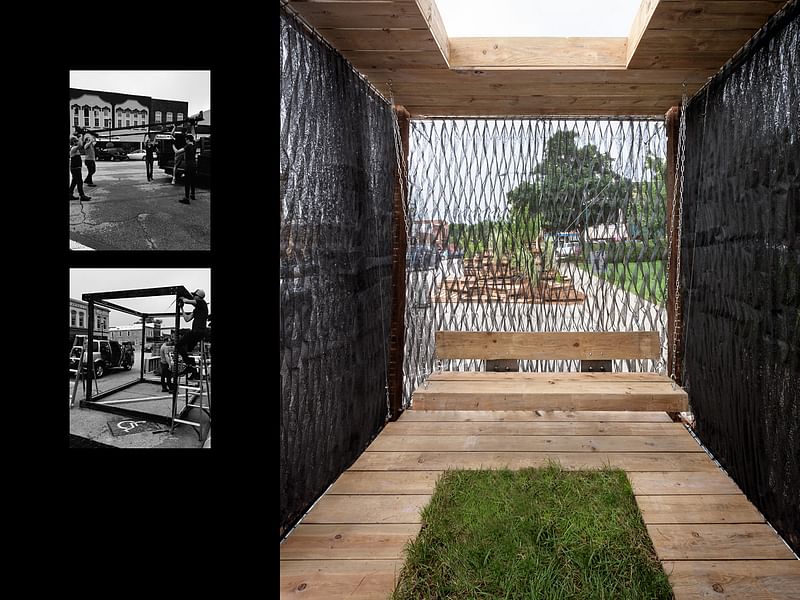
Project summary: “A simple wooden frame defines the small space and supports two porch swings. The smocked
Weihnacht Huts; Bethlehem, Pennsylvania by NAD

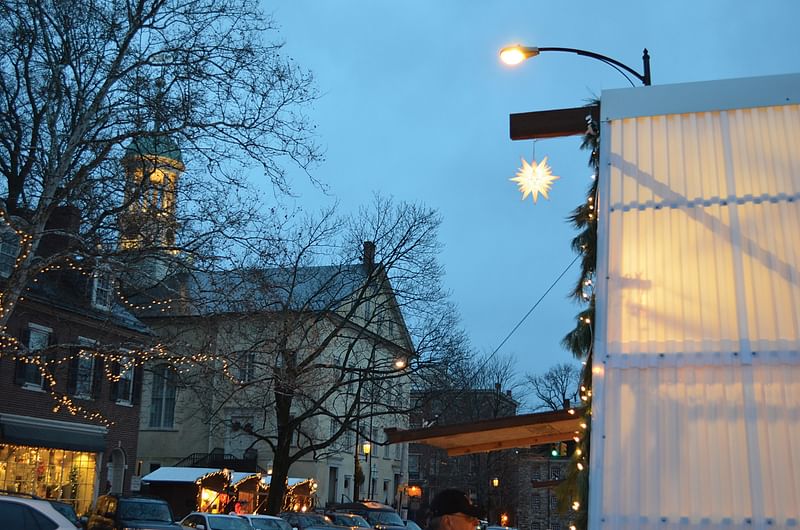
Project summary: “This pro-bono design is for thirty-five craft exhibit huts for an authentic German Weihnachtsmarkt (open-air Christmas market). The huts feature a steeply-sloped roof designed for snowfall and a ridge line borrowed from traditional Moravian vernacular. With a limited budget for materials ($286 per unit), paired with the necessity for the structures to be taken apart and stored every year, the deck, walls, and roof panels are constructed as single units to be taken apart, transported, and stored flat with ease. The poly-carbonate roof is not only easy to dissemble, but also allows for a large amount of light and warmth inside during the day. During the night the huts are illuminated from within and emit a lovely glow to add to the magical Christmas atmosphere of Bethlehem’s historic district.”
Category 2
Girl Scouts Camp Prairie Schooner; Kansas City, Missouri by el dorado inc
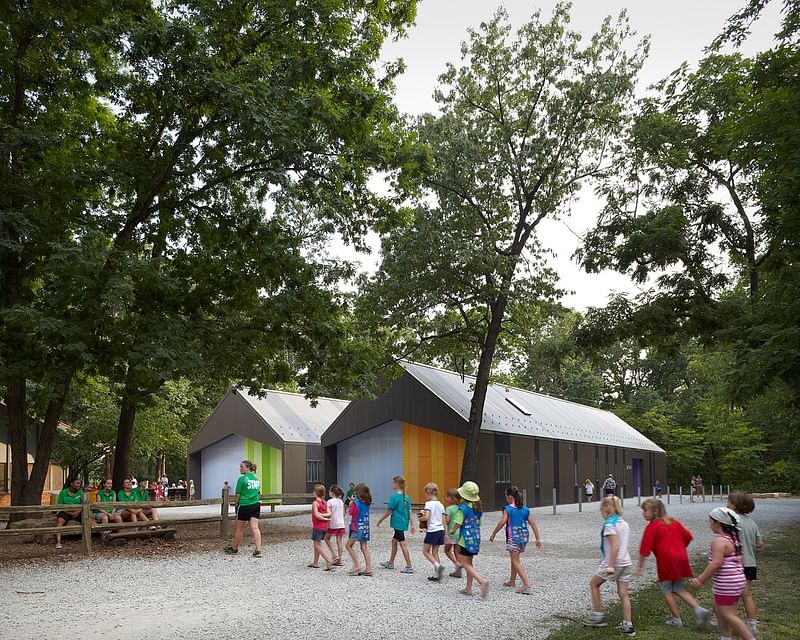
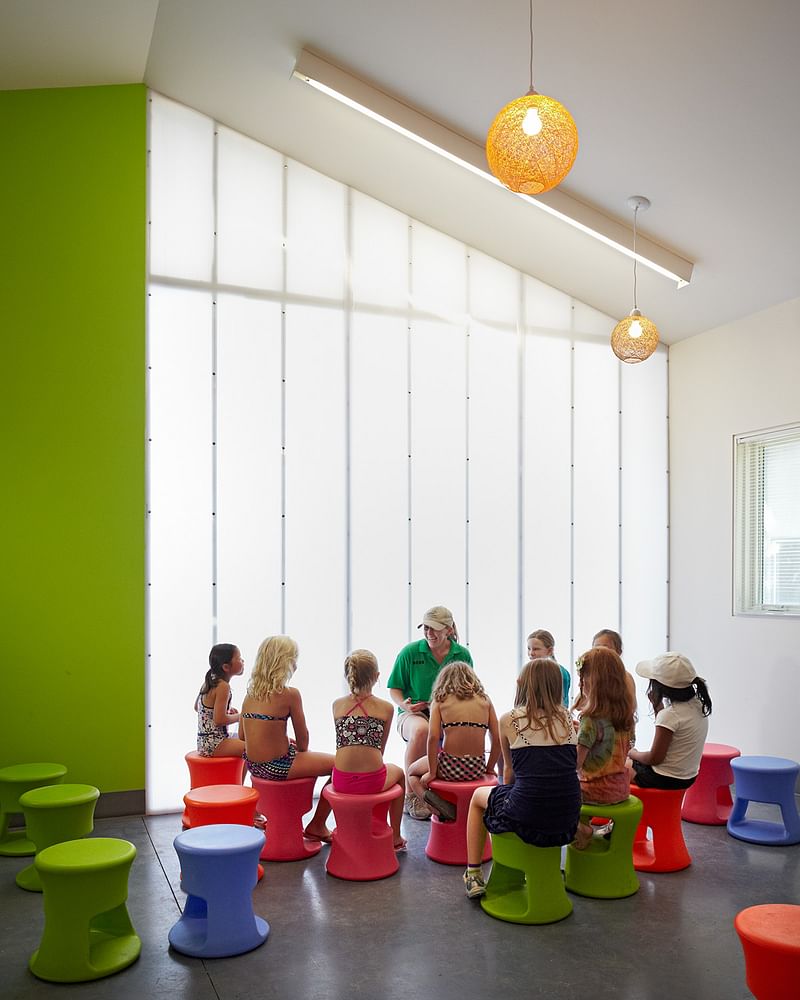
Project summary: “Camp Prairie Schooner features a dining hall, five permanent units, two buildings for troop use, a 40-foot rappel tower, an archery range, a swimming pool and a zipline. The load bearing walls of the structures are constructed of 2x6 wood studs, that in turn support a series of common & scissor trusses. The envelope is clad with corrugated metal panels, complementing the wood and aluminum clad windows and skylights. The end of the bunk houses are a combination of fluted polycarbonate glazing and painted concrete board over a rain screen system. All mechanical systems are concealed within the trusses. The pendant lights are custom fixtures designed and built by a former girl scout.”
Linear Cabin; Alma Lake, Wisconsin by Johnsen Schmaling Architects
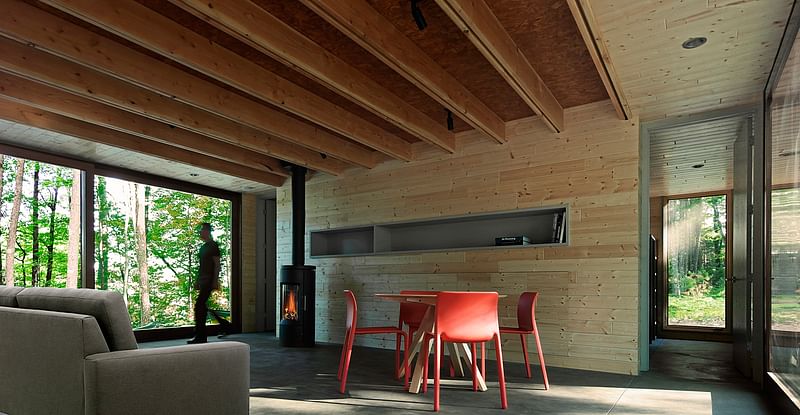
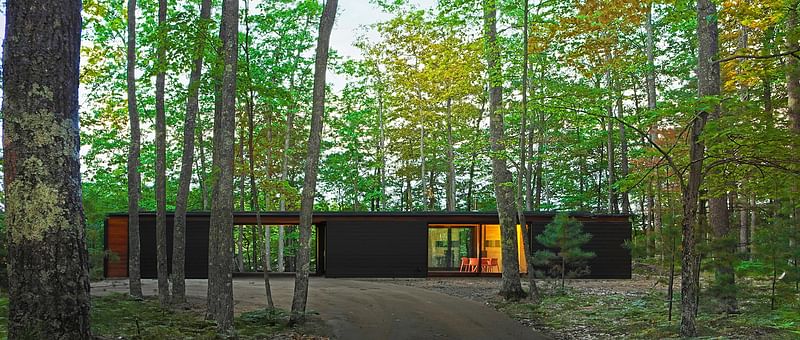
Project summary: “The Linear Cabin is a small family retreat, its low-slung body sitting in a small clearing in Wisconsin’s North Woods. The building consists of three identically sized, nearly opaque boxes tied together with a continuous thin roof plane. The voids between the boxes serve as picture frames, allowing for unobstructed views through the building from the outside and into the sylvan landscape from within. The interior is clad in knotty pine, and is tempered by its crisply detailed joints and the simple lines of the lacquered millwork throughout. On the outside, the cabin is wrapped in blackened cedar, its somber darkness echoing the weathered monochrome of traditional Wisconsin cabins.”
Village Health Works Staff Housing; Bujumbura Burundi by Louise Braverman, Architect

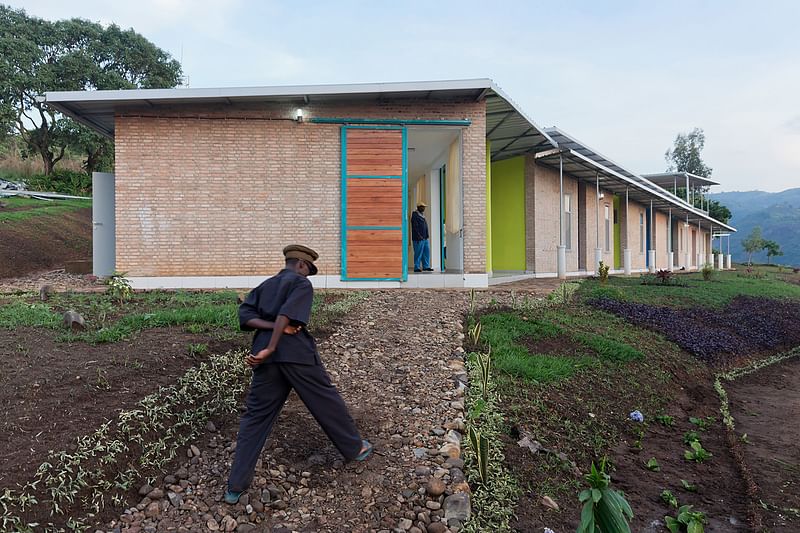
Project summary: “Embedded in the mountainside of an off-the-grid rural village in Burundi, this 18-bed staff housing is a bridge between East African elemental aesthetics and inventive sustainability. Cutting a skewed line in the terrain, the 6000-square-foot dormitory captures breathtaking mountain views. The same moves that establish its visual presence, such as airflow enhancing porches, also advance its sustainability. Currently rebuilding after many years of horrific civil strife, the villagers hope that this housing will create a model for the sustainable future of both the community and the country.”
Studio Dental; San Francisco by Montalba Architects, Inc.
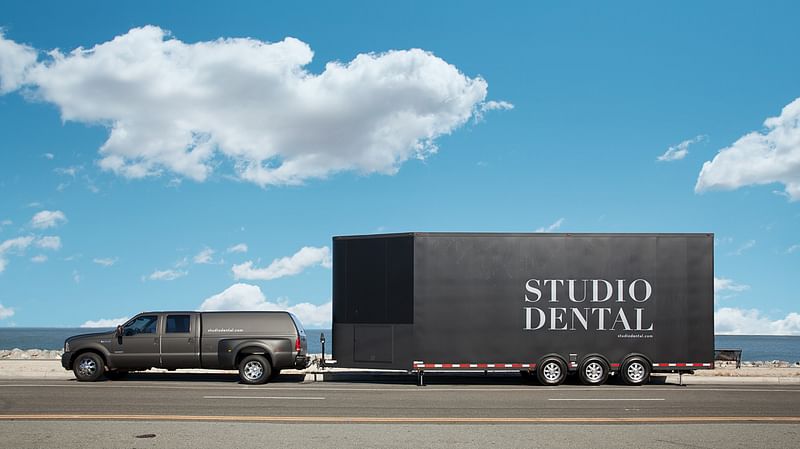
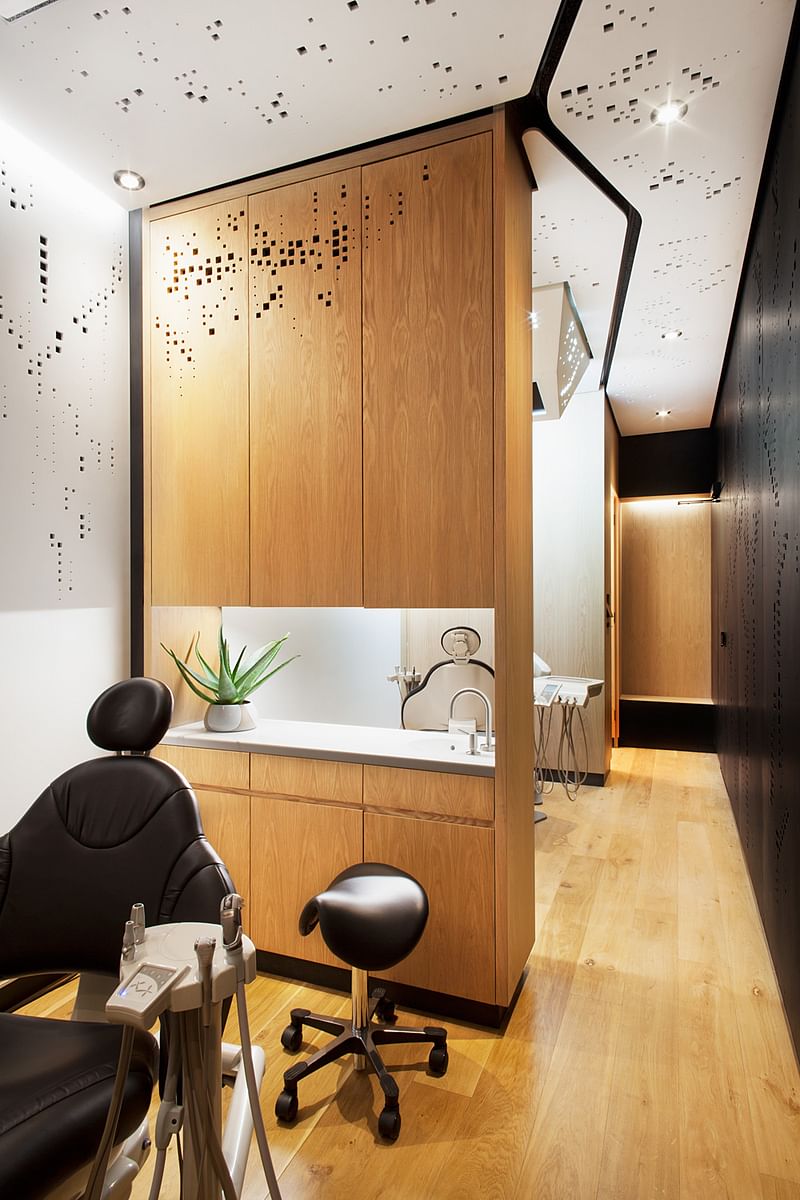
Project summary: “The challenge was to create a spacious interior while packing Studio Dental’s required program for its mobile unit, which travels to businesses offering convenient dentistry. The 26-foot-long trailer with 230 interior square feet features a waiting area, sterilization room, and two operatories
St. Pius Chapel & Prayer Garden; New Orleans by Eskew+Dumez+Ripple

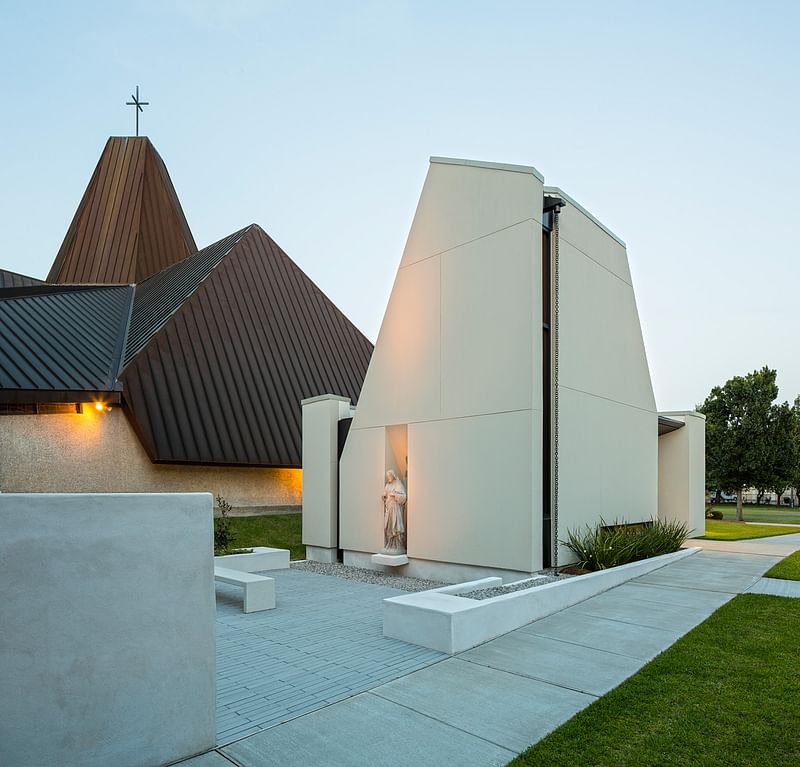
Project summary: “Designed as a quiet refuge and intimate sanctuary for sacred reflection and contemplation, the new chapel is a subtle addition to the landscape. The sanctuary, which complements the modernist character of the adjacent church (circa 1963), is small but tall, keeping occupants close while inspiring reverence. Beyond a few pieces of furniture and religious items, the space’s power and purpose is enhanced by its very simplicity allowing occupants worship in quiet and contemplative solitude, without distraction.”
The 2016 Small Project Award jury included:
- Marika Snider, AIA (Chair), Snider Architecture, Beavercreek, Ohio
- Will Bruder, FAIA, Will Bruder Architects, Phoenix
- Mira Locher, FAIA, Kajika Architecture PLLC, Salt Lake City
- Elizabeth Ranieri, FAIA, Kuth Ranieri, San Francisco
- Jonathan Tate, Office Jonathan Tate, New Orleans

RELATED NEWS Sasaki Associates, Variable Projects, and WRT among 2015 AIA Small Project Awardees

RELATED NEWS AIA Chicago highlights emerging firms in 2014 Small Projects Awards


Share
0 Comments
Comment as :